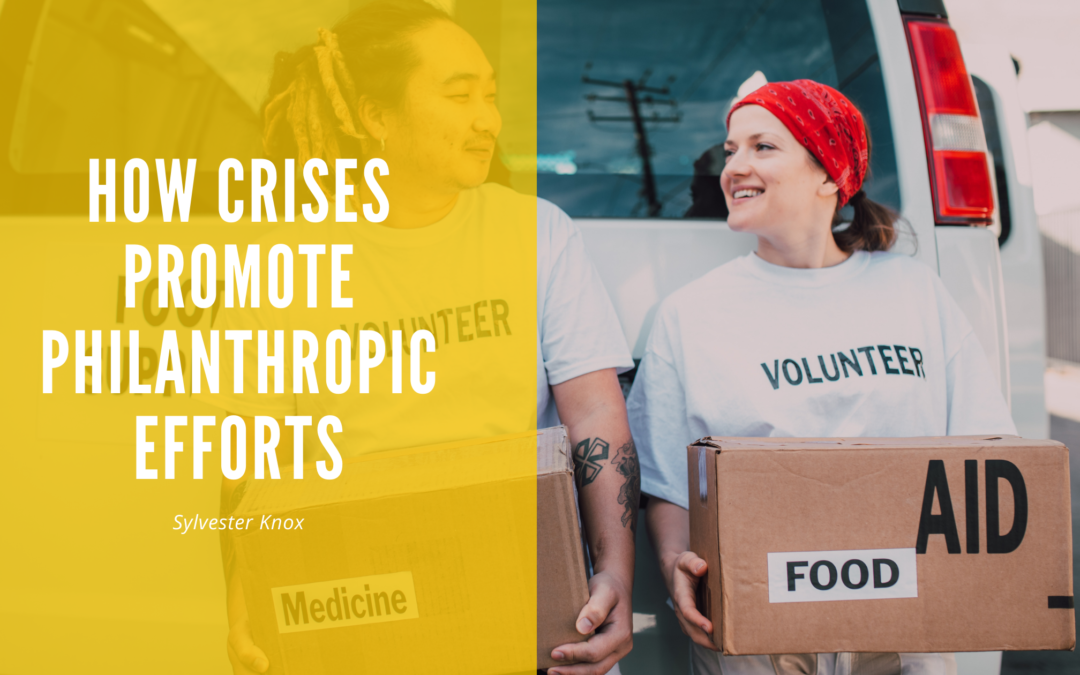In times of crisis, people are more willing to donate their time or money to those in need. This is a natural response that has been observed throughout the history of mankind. In this article, I will discuss some examples of how crises have led to charitable giving and set the stage for better future philanthropic efforts.
The Great Depression: The U.S. was in a state of despair when President Roosevelt took office during the great depression. Despite that, he implemented several programs aimed at providing relief and recovery from the crisis. This led to one of his greatest achievements, namely dismantling institutionalized poverty through social security legislation still active today.
Hurricane Katrina: Hurricane Katrina caused widespread damage along much of the coastal Louisiana, Mississippi, Alabama, and Florida Panhandle regions in 2005. It required unprecedented levels of humanitarian aid throughout its aftermath due to massive flooding experienced in New Orleans after breaching various levees on August 29th. These events sparked an increase in awareness and philanthropic giving in the U.S. It is estimated that over $500 million was donated to help with Katrina’s relief efforts.
Boston Marathon Bombings: The Boston Marathon bombings occurred on April 15th, 2013, killing three people and injuring 264 others. This led to a large-scale manhunt for Dzhokhar Tsarnaev, who would eventually be captured after hiding inside a boat in Watertown, Massachusetts. These events sparked an increase in awareness and charitable donations throughout much of North America, reaching as high as $24m within two weeks following the attack. Many organizations dedicated their time towards post bombing support, including but not limited too; One Fund Boston, Red Cross, and Team MRD, which assists families affected by Muscular Dystrophy.
Hurricane Sandy: Hurricane Sandy was a superstorm that began as a hurricane and left over 100 people dead in the Caribbean before striking Haiti. It then weakened slightly to tropical storm status but soon regained hurricane strength which caused it to hit Cuba and The Bahamas. When it reached the U.S. mainland in October 2012, its effects were devastating for large populations along the Northeastern seaboard of New Jersey, Delaware, Maryland, Washington D.C., Pennsylvania, and parts of New York state, including Long Island & Staten Island. Many organizations worked together to assist with these events, such as; American Red Cross, Occupy Sandy Relief NYC, Team MRD, etc.
Conclusion
Crises are a very traumatic experience for many individuals and families. It is important to recognize that these events can be used as opportunities to better our communities through increased awareness of problems faced by others, the ability to see past differences which lead towards unifying people, or even motivation to get involved with community improvement programs. These selfless acts create stronger ties within our society while also emphasizing its significance.

